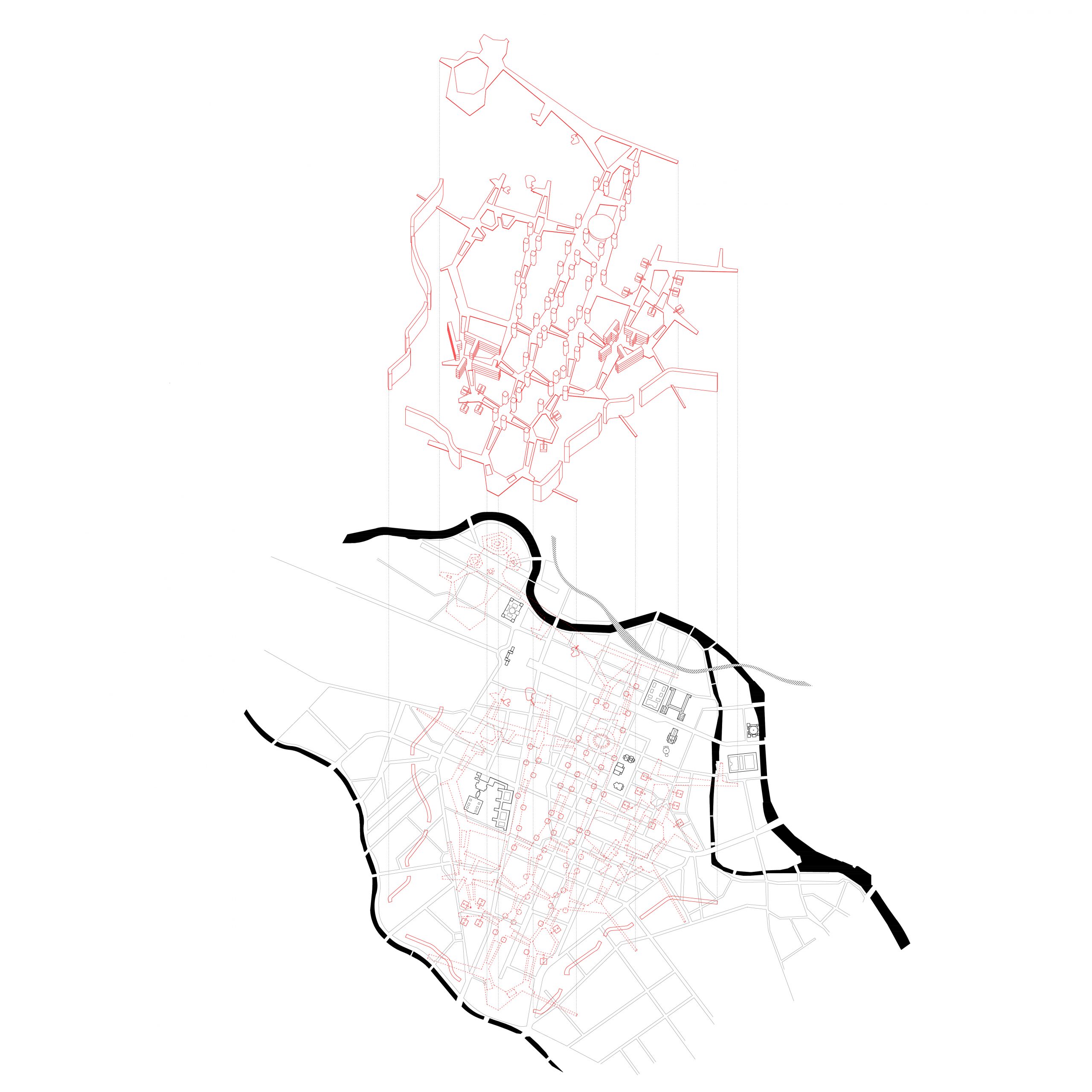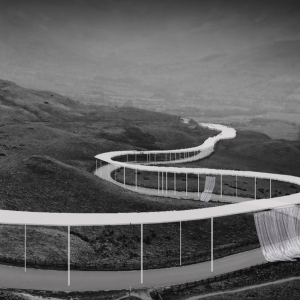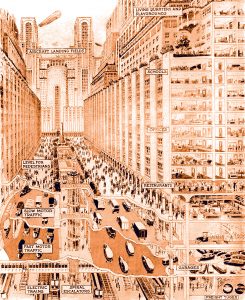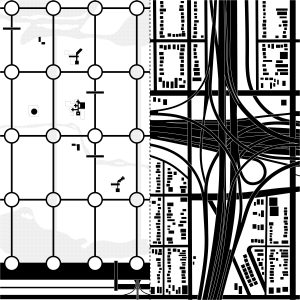In the context of urban studies of the second half of the twentieth century, several contributions proposed a reflection on alternative urban forms. In particular, various experiments addressed the issue of urban densification through the idea of constructing new settlements suspended above existing parts of cities. The strategy had a dual purpose: to separate levels of use, but even to address the complex relationship between the historical and the new settlement.
This paper aims to investigate the role of infrastructure in the settlement of the suspended pattern. The methodology involves the selection and analysis of case studies considered significant in demonstrating how this issue has been addressed differently in several urban contexts and at various scales. In some cases, mobile infrastructure plays a central role in the relationship with the historical fabric of the city (Berlin Haupstadt – Alison and Peter Smithson); in others, it represents the main framework on which urban densification interventions are structured (Plan for Tokyo Bay – Kenzo Tange); in others still, it contributes to questioning the traditional separation between public and private spaces to introduce a logic of integration between different urban functions (Factory 798 – Bernard Tschumi).
Today, in the context of the debate on the transformation of the contemporary city, and especially in areas with high levels of population density and severe restrictions on land use, the potential offered by suspended structures could be relevant. This approach isn’t just about adding new buildings or functions to an area to be densified, but also rethinking the relationship between the new development and existing resources, to cover the option of creating a new way of interacting between buildings and nature, between history and transformation, between infrastructure and public space.
Bibliography
- Smithson, A., & Smithson, P. (1967). Urban structuring: Studies of Alison and Peter Smithson. Studio Vista; Reinhold Publishing Corporation.
- Tange, K. (1961). Un piano per Tokio. Casabella-continuità, (258), 5–22.
- Tschumi, B. (2004). Event-Cities 3 (pp. 587–619). MIT Press.



